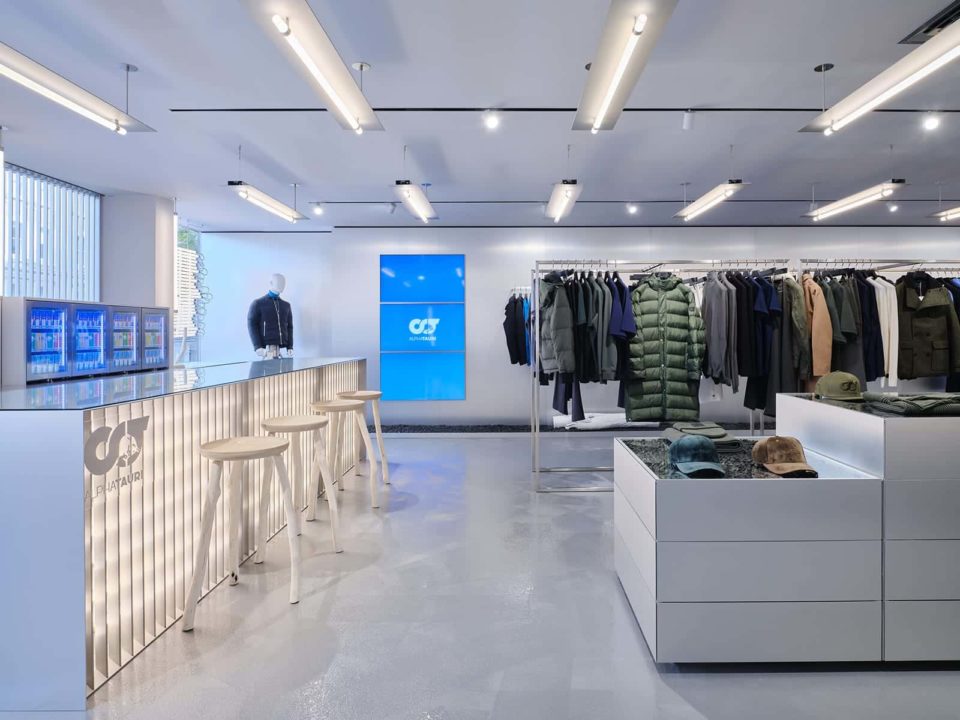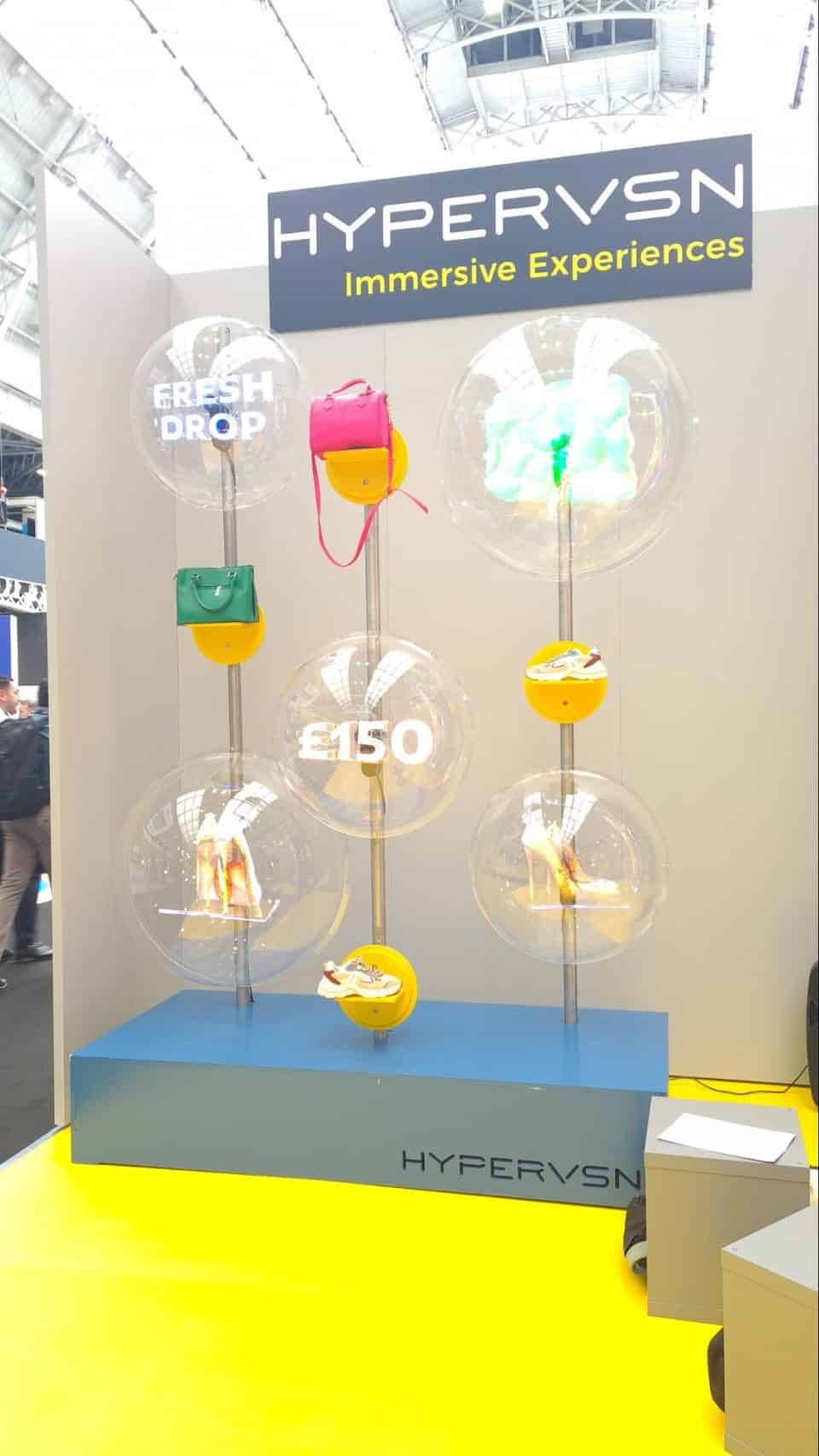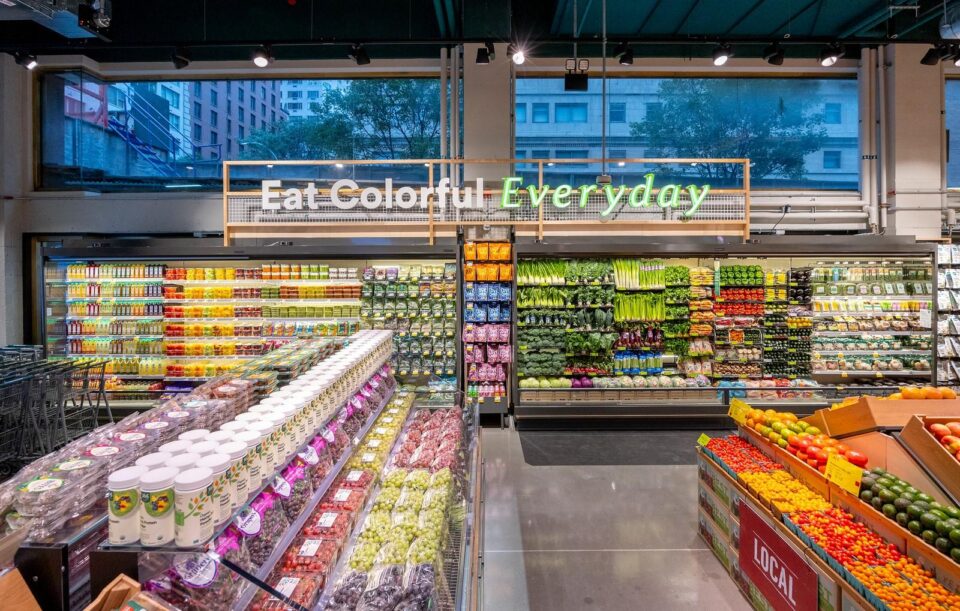How GBB is changing the way we think about staff training
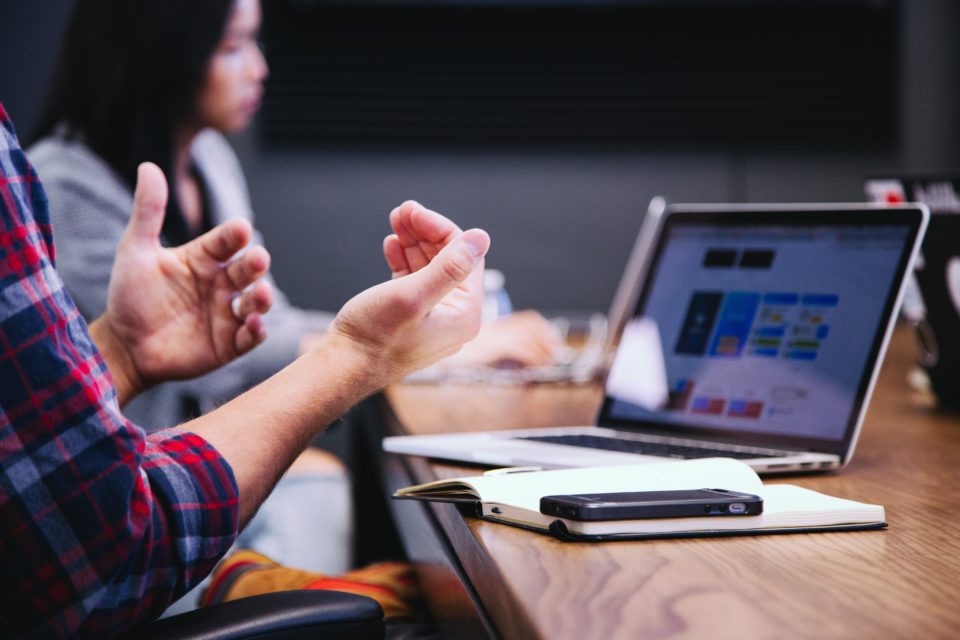
As the worlds of retail, hospitality and leisure begin to open up again, there is a lot for companies to think about.
GBB Coaching & Consultancy is hoping one of those things is staff.
Not just the practicalities of numbers and rotas, but actually training and supporting staff so they feel safe and able to do their best work in a changed environment.
We spoke to founder Tim English about what retail needs to think about right now in terms of staff training, how the pandemic has changed training for the better, and why retailers need to start focusing on staff as individuals.
Tim English, Founder, GBB Coaching & Consultancy
What is different about the way GBB approaches training?
We’re called GBB Coaching & Consultancy because unlike other training agencies we incorporate coaching and consultancy in everything we do.
We bring a consultancy element to our training solutions by taking the time to understand the business we’re working in and tailoring all our tools and services to that specific client.
We see the coaching piece as fundamental to the work that we do. If we don’t get the opportunity to support people to make the change back in the workplace, the training is likely to have considerably less impact.
We do the classroom training as a group, but we’ll also work with every individual after to see if the training helped, and if not, how we can support them as an individual. This is part of the package to make sure that our clients get as much value as possible out of the investment.
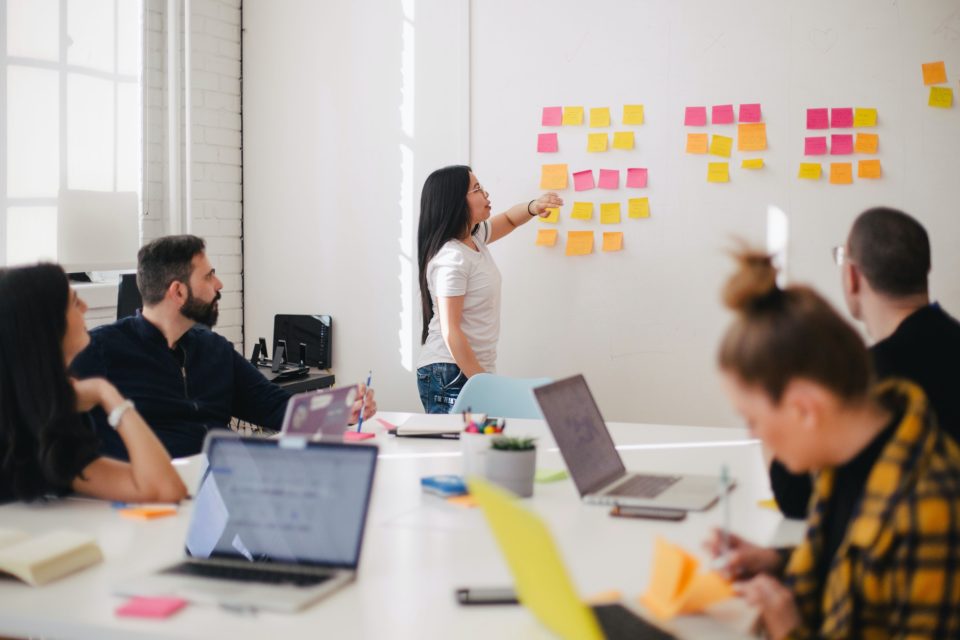
It’s uncertain how things will play out post-pandemic. With this in mind, what are the key things that retailers should be thinking about in terms of training their staff?
One of the things that we noticed in the UK after lockdown one was that a lot of our clients were worried about certain things as people started coming back into the workplace. These were things like what had lapsed in a system, what had gone out of date, and what processes hadn’t been done.
Alongside this, there was a lot of assumption that staff would just be pleased to get back to the office, and that wasn’t the case at all. There were some real issues that people had to deal with around staffing.
I think the retail sector is following that same approach after such a long period of physical stores being closed. Reopening feels like a very physical task, from cleaning to restocking to putting in barriers and screens.
But they don’t necessarily think about staff in the same way, as a physical attribute of that store and that experience. It is easy to assume that they will come back just as enthusiastic and bright and bubbly as when they left and that they’ll be desperate to get back to it.
This really cuts out that human element – what has been going on for those people in this incredibly uncertain time? What will be the new expectation of customers coming in? How will staff be prepared to react to that? How will they represent your brand in a way that is appropriate to this new reopening?
I would really encourage retailers to think about how they will support staff coming back into a changed environment.
Is there a risk that retailers may be overly focused on staff making customers feel secure in the store, but not applying that same approach to the staff themselves?
Pre-pandemic, when we talked about staff feeling safe and comfortable there was a very definite split between industries and environments where there were risks of physical harm and other sectors.
We did different training with prison officers, people working in care homes, and people who are working on oil rigs, for example, where there were some real health and safety concerns and processes to keep people safe.
In those sectors, there is a shared responsibility between the individual and the employer around that, which is well understood with lots of legislation in place and company cultures that talk about safety.
Now every industry, including hospitality, leisure, and retail, will have this underlying feeling of serious health and safety concerns, not only in making the customer feel safe but also the staff.
At the same time, there will be a huge pressure on the business to get on with it and get back to making some money and recovering some losses. That probably means running leaner, running smarter, and everybody going above and beyond. I think there’s a real conflict there. That is something that people will need to watch.
In terms of our experience, there’s a marked difference based on whether you feel that your employer has put the right protocols in place in a way where you can still do your job and feel safe, or whether they have put protocols in place so that you are technically safe, but it is nigh on impossible now to do your job, yet what you’re being asked to do hasn’t changed. That’s very frustrating for people.
There can also be a real tokenism element to it with some tape on the floor and a sign in the window, but no real protocols, and it’s left to staff to just do what they feel is right.
Our recommendation to employers would be to take it as seriously as any other part of your business. You should make what you want people to do and how you want them to behave really clear.
There also needs to be an open dialogue for staff to help you build on those protocols in the first few weeks of reopening and adapt them so that they’re legally compliant, but staff also feel comfortable.
As we’d recommend with any sort of process improvement, let the staff take the lead. The people who are at the sharp end will tell you the best way to do that and the reaction that they’re getting from customers.
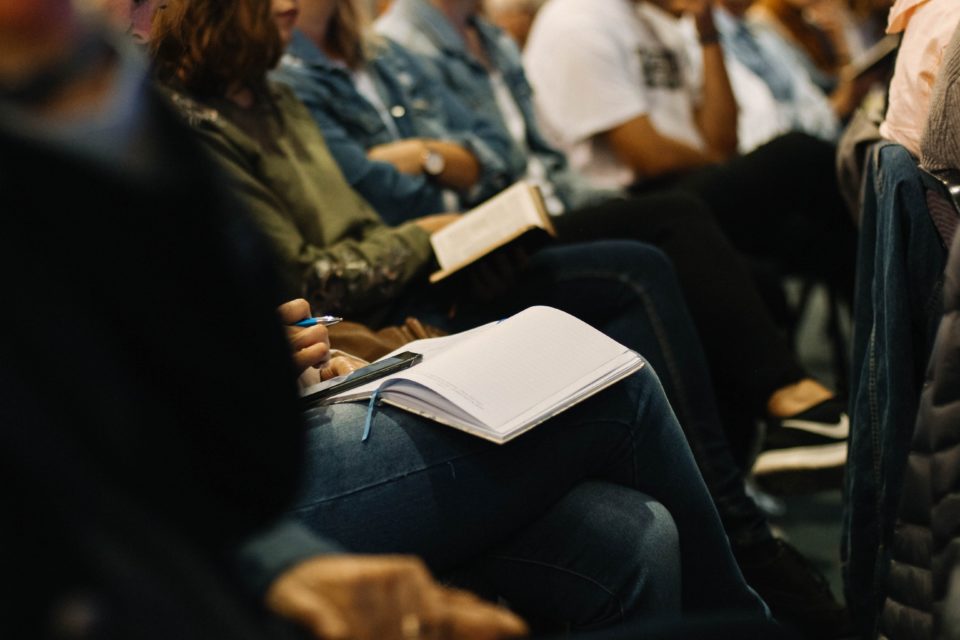
Do retailers need to shift away from focusing too much on sales targets now stores have reopened?
I think so, but that’s not because those targets won’t be relevant. They will still be a key management tool.
But I think it is right to consider what a big impact the pandemic may have had on staff.
The stereotypical, most successful retail sales employee may have got that role in the first place, and enjoy it, because they are gregarious, they’re outgoing, they’re focused, they engage naturally and easily with customers, and get into conversations quickly.
You’ve then overlaid some really good sales skills to make sure that they are closing sales and maximising the potential of each customer, but that first bit really is about who that individual is. Retailers rely on that.
Now imagine what it’s been like for somebody who is naturally like that, who has been locked down for months without any of that interaction, and is questioning their motivation and purpose.
To expect them to just snap straight back into that role is unrealistic. They’ve got to be welcomed back into it. The pandemic has been a huge shock to the system and coming back to the store will be a huge shock to the system.
I also think we shouldn’t underestimate the impact of some of the big changes that have happened on the high street and the levels of job losses from big brands that we’ve seen in the retail sector. There will have been an awful lot of anxiety from those people sitting at home, wondering how they and other people that they care about are going to be affected.
These shockwaves through the industry will have a huge emotional impact on individuals, and managers must recognise that as they start to bring staff back into this environment.
Do you see the ability to quickly monitor and measure how staff are feeling becoming massively more important in the coming years?
There are some phenomenal platforms for doing this. OpenBlend is one that I would always recommend people go and look at.
But the principle that sits behind it, whatever tool or platform you’re using, is not to put together a list of criteria that the company feels is important for staff. You need to look at each individual and ask, ‘what’s important to this person?’
You need to ask them – ‘what are the five or six things that are important to you? Is it flexibility of working? Is it the amount of time that you have on the shop floor? Is it the number of interactions? Is it whether you hit your bonus and your figures?’
You need to find out what is it that motivates that individual and then check in with them on that. You can add two or three company measures as well about what you feel is important to customers, and therefore need staff to be reacting to. But, if you’re going to be checking in with staff quickly and efficiently, it’s got to be about what is important to them as an individual.
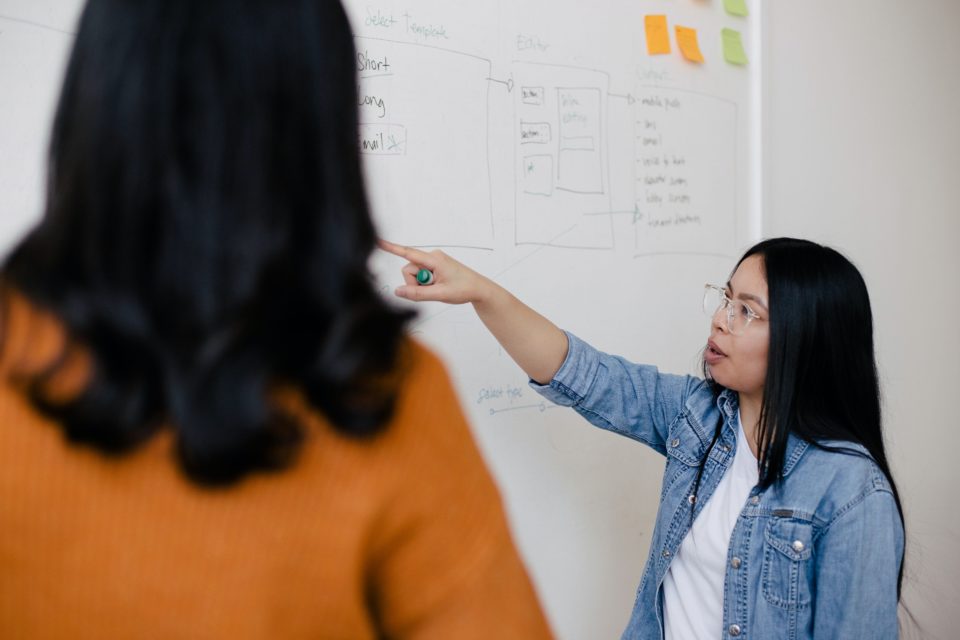
How has your business changed during this period? What learnings have there been for GBB?
One of the key things that we’ve found is that teams who were working together before the pandemic have continued to work well in a virtual environment – better than most employers anticipated.
Conversely, training that has switched from in-person to virtual has not been as successful as the brand-new programmes that we have never run in anything but virtual.
I think that is simply because people are constantly comparing it to what we used to do previously, and they missed the networking, the opportunity to be in a different environment, and the ability to bounce ideas off people from a different branch.
The new programmes we’ve developed and launched online have been really successful because we’ve been able to play to the absolute strengths and opportunities that virtual environments offer.
One of those is being able to do a lot more coaching and follow-up because it’s now very easy to jump on a video call with someone. The technology was always there, but it really wasn’t embraced by many people. It’s become really normalised. That has been a huge win.
Somebody asked me recently, ‘what’s the piece of learning technology that I’m most excited about?’ My answer to that is 5G – the ability to get good quality video into people’s hands, when and where they need it, will be incredible.
We will be able to literally be patched into people to support them as they are about to use the tool.
This is something we talk about in training regarding the best time to give feedback. Most people say straight away, but actually, the best time is just before they do the task again.
The sessions in the classroom can be really helpful to embed the tool, but when people come to that situation next week, can they recall and apply that tool? That’s where we can jump in and support them to do it, and we can give them some feedback straight away.
We’re able to have this really good coaching relationship face-to-face on the screen, and this lets us be more flexible in terms of sessions. Previously we’d have had to book a two-hour slot and travel hundreds of miles for a session. Now we can deliver 10-minute coaching sessions when they’re needed.
We’re finding new ways of putting packages together that support clients to have access to our teams in that way.
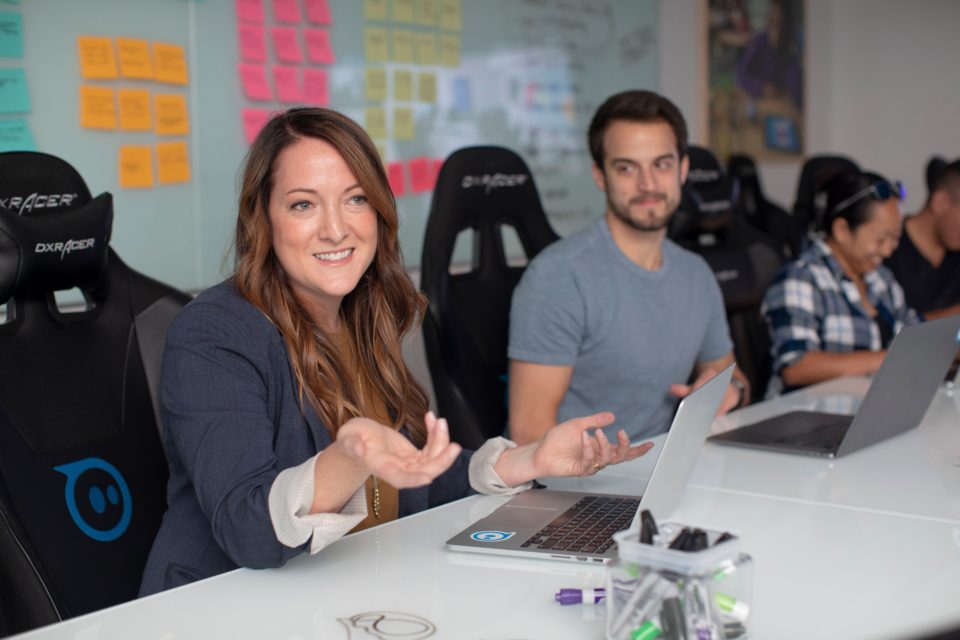
What customer service trends do you see coming out of the pandemic?
We do quite a lot of work in automotive and one trend we’ve seen is that the sales figures have actually been really good compared to what people were expecting.
I recently had a conversation where a client said they’d sold 60% of their usual volume without doing a single test drive. If you’d told them a year ago that they could sell cars without people driving them, they’d have said that was a core part of the sales process. Why would anybody buy a car having never driven it?
In a lot of industries, I think there is a sense that this sort of change will be permanent. However, this isn’t something I can see happening.
One reason is that this change is being forced upon us. People are still having to buy despite the restrictions of the pandemic, and I think they are expecting that there will be some extended goodwill from businesses if they have a problem. I think that will wane as time goes on.
At the same time, there have been huge sections of the economy, namely hospitality and leisure that have been closed. Their entire business is about getting us out of the house and enjoying doing things in person, so once that reopens and we rediscover a taste for it, I think that will spill out into a lot of other areas.
At the moment, customers might think ‘why would I ever go back to the shops, I’ll just do it all online.’ But they really want to go back to the club and to go to a theme park and the cinema, and they really miss going out for dinner.
Once they get back to doing all of that, then they’ll start going back to the shops because there is a lot about that experience that they really enjoy.
Do you see a heightened need for good customer experiences after things reopen?
Customers are fondly thinking about those live experiences that we miss so much, so their expectations are going to be way higher. They’re remembering it all as if it was just the best thing in the world.
Businesses really need to be thinking about this when they reopen. They need to consider what will be the first impression that people are going to have. They need to welcome whoever is first through the door like they’re the first-ever customer and give them that great experience.
This means giving your staff the time to settle in, know what they’re doing, and be in the right frame of mind to deliver that experience. I think every business needs to put a bit of time into that.
If you’re looking to build on the strengths of your staff to change your business, GBB Coaching & Consultancy can help. Get in touch to discuss the perfect package for your business.

